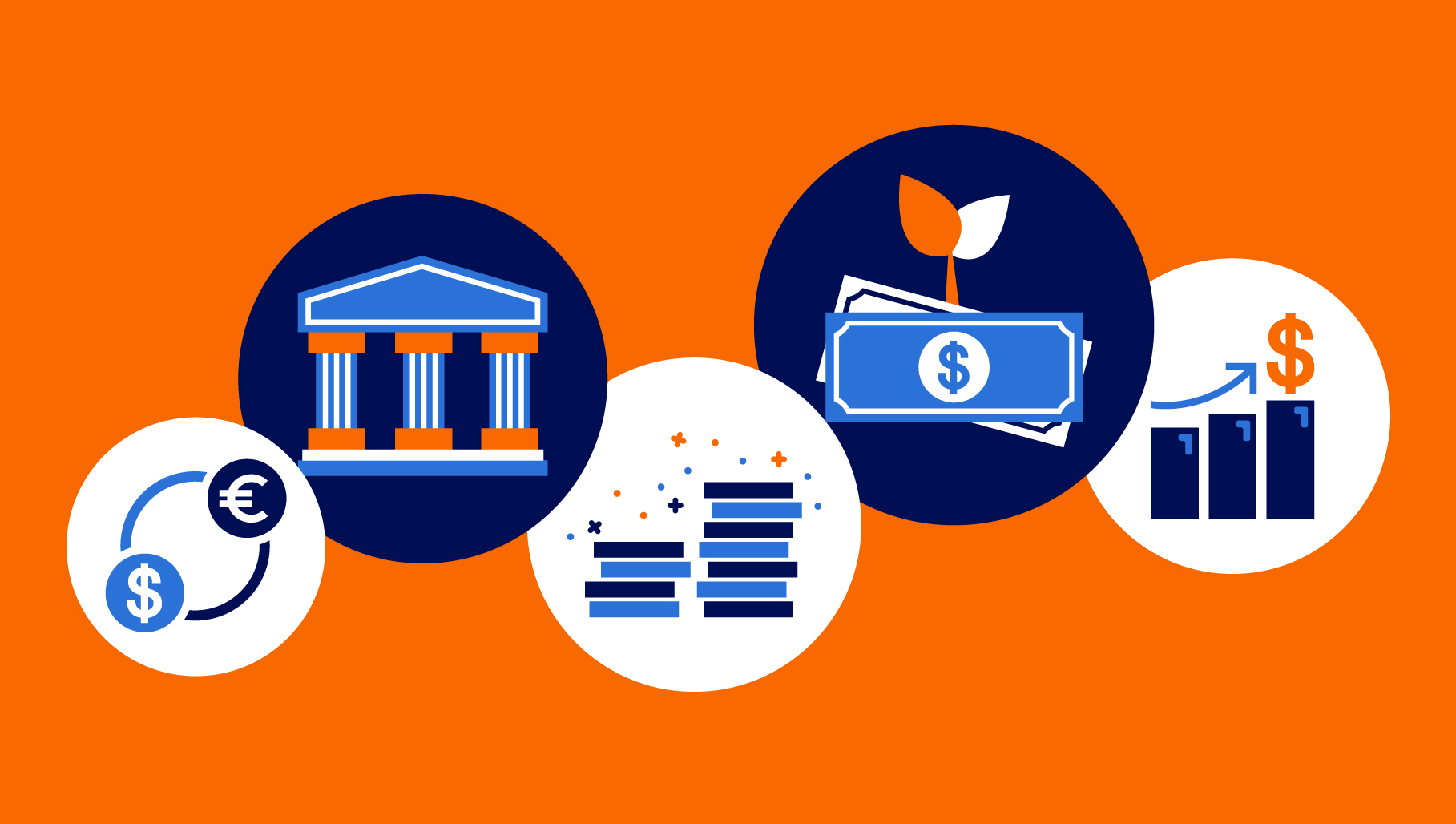Quantitative Easing, Investment, and Safe Assets: The Corporate-Bond Lending Channel

Authors:
Erasmo Giambona, Syracuse University
Rafael Matta, SKEMA Business School
Jose-Luis Peydro, Imperial College London
Ye Wang, University of International Business and Economics
Journal:
Journal of Money, Credit, and Banking (2024)
Summary:
Fed’s large-scale purchases of MBS and treasuries create a vacuum of safe assets, prompting safer firms to invest by issuing relatively “safe” bonds: the corporate bond lending channel of monetary policy.
Research Questions:
Does Quantitative Easing (QE), the Fed’s large-scale purchases of MBS and treasuries, stimulate corporate investment?
What We Know:
We know that QE lowers long-term corporate bond yields, but lower interest rates might simply translate into a capital structure adjustment without consequences for corporate investment. The Fed and policymakers care about the potential consequences of QE on the real economy because QE is effectively the only monetary policy instrument available to stimulate the economy when interest rates are close to zero.
Novel Findings:
We show theoretically that QE stimulates corporate investment when firms can issue relatively “safe” debt. In our model, the ability of firms to issue safe long-term bonds prompts them to invest more when the reduction in the net supply of long-term treasuries lowers the yield on safe corporate bonds: the corporate-bond lending channel. This occurs because higher quality firms can invest in relatively safe assets (or seen by the market as relatively safe assets) that can be used to back the issuance of new safe corporate debt and lower the cost of debt when long-term treasuries are in short supply.
Implications for Policy:
Our paper shows that policymakers can rely on QE to stimulate corporate activities when interest rates are close to zero. Previous theories suggested that when interest rates are close to zero, firms might simply adjust their capital structure instead of investing more. For the first time in the literature, we show that QE might have a positive direct effect on corporate investment when firms can issue relatively safe debt.
Full Citation:
Giambona, Erasmo and Matta, Rafael and Peydro, Jose-Luis and Wang, Ye, Quantitative Easing, Investment, and Safe Assets: The Corporate-Bond Lending Channel, forthcoming in Journal of Money, Credit and Banking.
Abstract:
We show that Quantitative Easing (QE) stimulates investment via a corporate-bond lending channel. Fed's large-scale purchases of MBS and treasuries create a vacuum of safe assets, prompting safer firms to invest by issuing relatively “safe” bonds. Using micro-data around different QE rounds, our robust results suggest that QE increases the investment of firms with bond market access. The effect is larger for safer firms. This growth is financed with senior bonds, without higher shareholders' payouts. Results hold excluding the financial crisis period. The findings support a stylized model where lower supply of treasuries reduces “safe” corporate bond yields, stimulating investment.
Web URL for the Article:
https://ssrn.com/abstract=3593760


